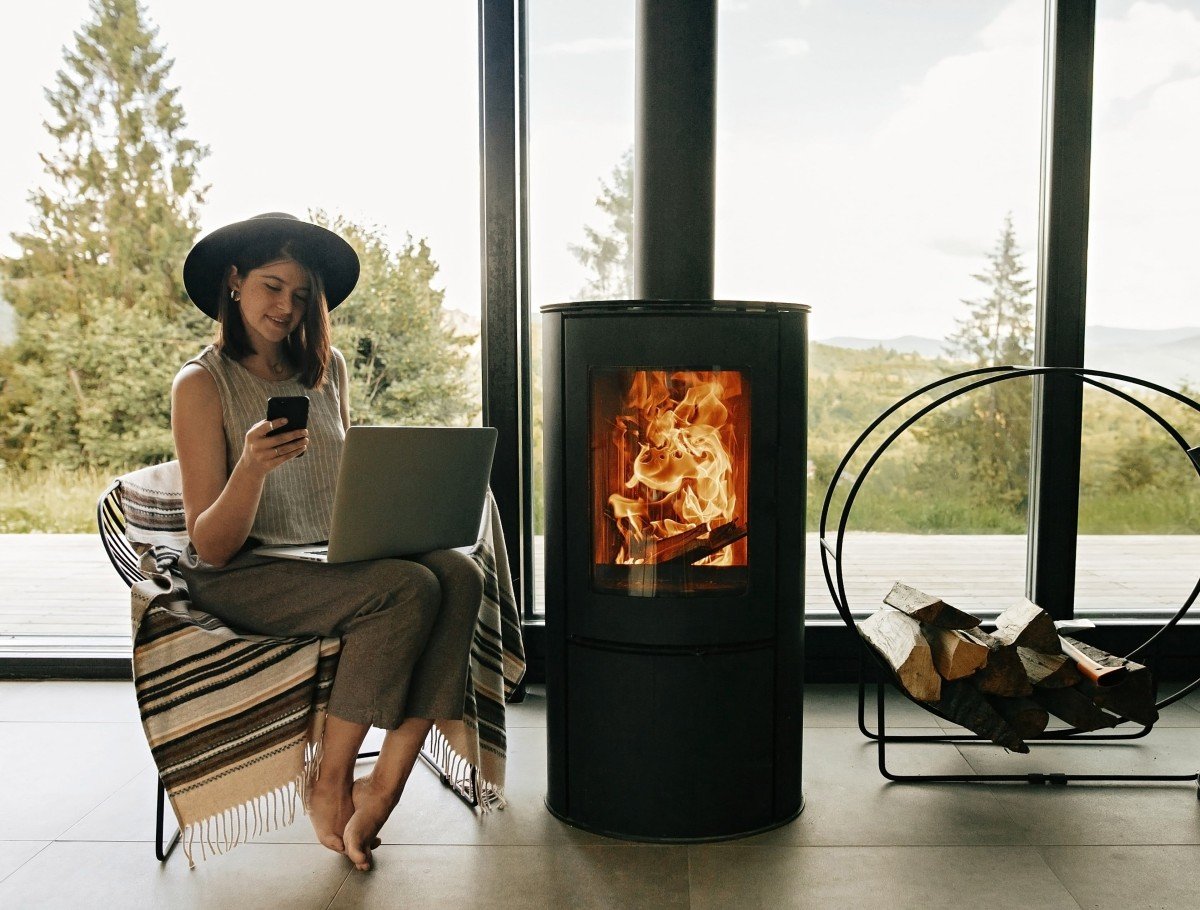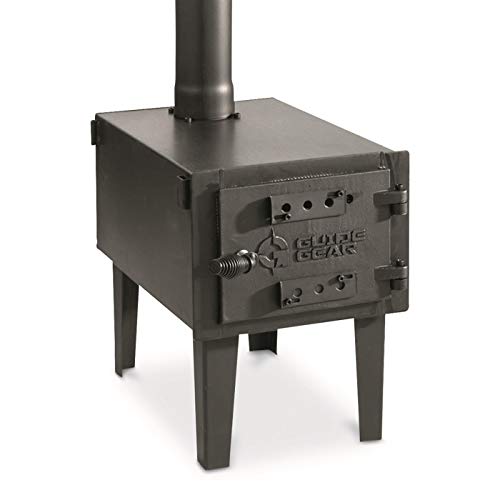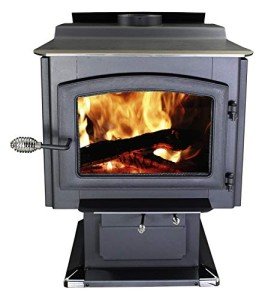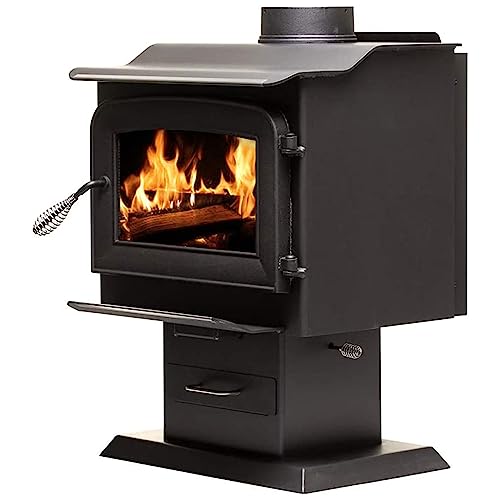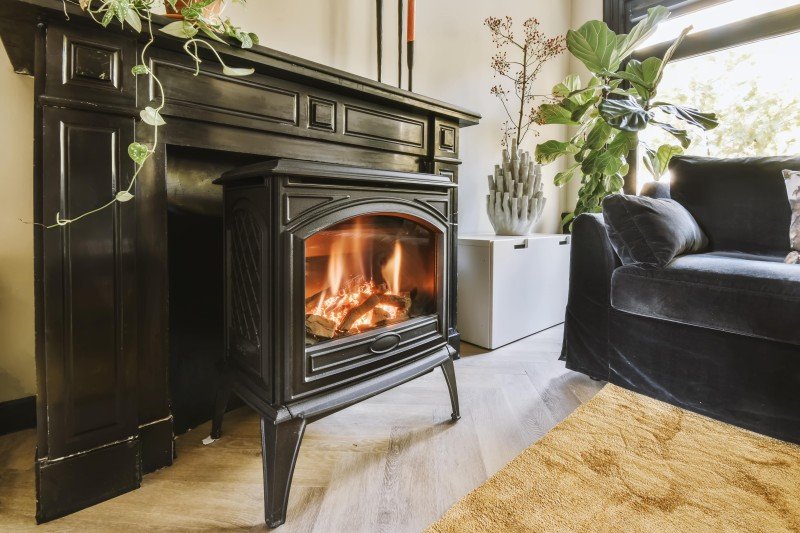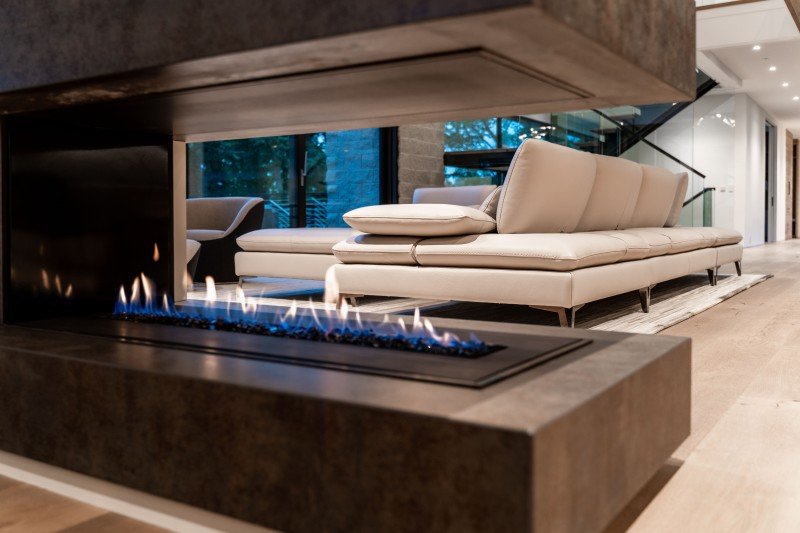The Art and Science of Wood Burning Stoves: A Comprehensive Guide
Wood burning stoves have long been a staple in homes across various cultures, offering a versatile and efficient way to heat spaces and cook meals. As concerns about environmental sustainability and energy efficiency rise, these stoves have seen a resurgence in popularity. This article delves into the history, types, benefits, and maintenance of wood burning stoves, providing a detailed guide for those interested in incorporating this traditional yet modern heating solution into their homes.
History of Wood Burning Stoves
The use of wood for heating and cooking dates back to prehistoric times. However, the modern wood burning stove as we know it today emerged in the 17th and 18th centuries. Benjamin Franklin is often credited with the invention of the first efficient wood stove, the Franklin Stove, which was designed to radiate more heat and use less wood. Since then, wood burning stoves have evolved significantly, incorporating advanced technologies to enhance their performance and reduce emissions.
Types of Wood Burning Stoves
-
Free-Standing Stoves
- Description: These stoves stand independently and can be placed in various locations within a home.
- Benefits: Versatile placement options, efficient heat distribution, and a wide range of designs.
- Common Uses: Living rooms, bedrooms, and large open spaces.
-
Insert Stoves
- Description: These stoves are designed to fit into an existing fireplace, converting it into an efficient wood burning unit.
- Benefits: Utilizes existing fireplace structure, improved efficiency, and aesthetic appeal.
- Common Uses: Living rooms and fireplaces in older homes.
-
Built-In Stoves
- Description: These stoves are integrated into the wall or floor, providing a seamless and modern look.
- Benefits: Space-saving design, high efficiency, and a sleek appearance.
- Common Uses: New home constructions and renovations.
-
Boiler Stoves
- Description: These stoves are equipped with a water jacket that heats water for home heating systems.
- Benefits: Dual functionality for heating and hot water, reducing overall energy consumption.
- Common Uses: Homes with central heating systems and rural areas.
-
Cooking Stoves
- Description: These stoves come with a cooking surface and oven, combining heating and cooking capabilities.
- Benefits: Cost-effective, versatile, and ideal for off-grid living.
- Common Uses: Country cottages, cabins, and homes looking to reduce energy bills.
Benefits of Wood Burning Stoves
-
Cost-Effective Heating
- Wood is generally less expensive than other heating fuels like natural gas and oil.
- Long-term savings on energy bills can be significant.
-
Sustainability
- Wood is a renewable resource, making it an environmentally friendly choice.
- Properly managed forests can provide a steady supply of wood without depleting natural resources.
-
Warm and Cozy Ambiance
- The glow of a wood fire adds a warm and inviting atmosphere to any room.
- Many people find the crackling sound of wood burning to be relaxing and comforting.
-
Independence from Utility Companies
- Wood burning stoves offer a degree of energy independence.
- Ideal for remote or rural areas where access to natural gas or electricity may be limited.
-
Efficiency
- Modern wood burning stoves are designed to burn wood more efficiently, producing more heat with less wood.
- Some models can reach efficiencies of up to 80%.
Installation and Maintenance
-
Installation
- Professional Installation: Always consult a certified installer to ensure the stove is installed correctly and safely.
- Ventilation: Proper ventilation is crucial to prevent carbon monoxide buildup and ensure the stove operates efficiently.
- Clearance: Maintain a safe distance from flammable materials to prevent accidents.
-
Maintenance
- Regular Cleaning: Clean the stove and chimney regularly to remove soot and creosote buildup.
- Annual Inspection: Have the stove and chimney inspected annually by a professional.
- Seasoned Wood: Use only seasoned wood to ensure efficient burning and reduce harmful emissions.
- Ash Disposal: Dispose of ashes safely and responsibly.
Choosing the Right Stove
-
Size and Heat Output
- Consider the size of the room or space you want to heat.
- Choose a stove with the appropriate heat output to avoid overheating or inefficiency.
-
Aesthetics
- Wood burning stoves come in a variety of styles and designs, from traditional to modern.
- Select a stove that complements your home's decor.
-
Efficiency and Emissions
- Look for stoves with high efficiency ratings and low emissions.
- Consider models that meet or exceed EPA (Environmental Protection Agency) standards.
-
Functionality
- Determine if you need a stove for heating only or if you require additional features like cooking capabilities or water heating.
-
Budget
- Set a budget and explore options that fit within it.
- Consider the long-term cost savings and potential return on investment.
Table: Comparison of Wood Burning Stove Types
| Stove Type | Description | Benefits | Common Uses |
|---|---|---|---|
| Free-Standing | Stands independently and can be placed in various locations. | Versatile placement, efficient heat distribution | Living rooms, bedrooms |
| Insert | Fits into an existing fireplace. | Utilizes existing structure, improved efficiency | Living rooms, older homes |
| Built-In | Integrated into the wall or floor. | Space-saving, high efficiency, sleek appearance | New constructions, renovations |
| Boiler | Equipped with a water jacket to heat water. | Dual functionality, reduced energy consumption | Homes with central heating |
| Cooking | Comes with a cooking surface and oven. | Cost-effective, versatile, ideal for off-grid | Country cottages, cabins |
FAQs
Q1: Are wood burning stoves environmentally friendly?
- A1: Yes, wood burning stoves can be environmentally friendly, especially when using sustainably sourced wood. Modern stoves are designed to burn wood more efficiently, reducing emissions and ensuring that the energy is used effectively.
Q2: How often should I clean my wood burning stove?
- A2: It is recommended to clean the stove and chimney at least once a month during the heating season. Regular cleaning helps prevent soot and creosote buildup, which can reduce efficiency and pose safety risks.
Q3: Can I use any type of wood in my stove?
- A3: No, it is best to use seasoned wood, which has been dried for at least six months. Seasoned wood burns more efficiently and produces less smoke and creosote. Avoid using untreated wood, as it can produce harmful emissions.
Q4: Are wood burning stoves safe to use?
- A4: Yes, when installed and maintained correctly, wood burning stoves are safe to use. Ensure proper ventilation, maintain a safe distance from flammable materials, and have the stove inspected annually.
Q5: Can I install a wood burning stove myself?
- A5: While it is possible to install a wood burning stove yourself, it is highly recommended to consult a certified installer. Proper installation ensures the stove operates safely and efficiently, and can help you avoid potential legal and safety issues.
Wood burning stoves offer a blend of tradition and modern technology, providing efficient, cost-effective, and environmentally friendly heating. Whether you are looking to add a cozy touch to your home or seeking a practical solution for off-grid living, a wood burning stove can be an excellent choice. By understanding the different types, benefits, and maintenance requirements, you can make an informed decision that suits your needs and enhances your living space.
Additional Resources
- EPA Certified Stoves: For a list of stoves that meet or exceed EPA standards, visit the EPA website.
- Local Firewood Suppliers: Check with local suppliers to ensure you have a steady supply of seasoned wood.
- Professional Installers: Consult a certified professional for installation and regular maintenance to ensure safety and efficiency.
By following these guidelines and considering your specific needs, you can enjoy the warmth and charm of a wood burning stove for years to come.
